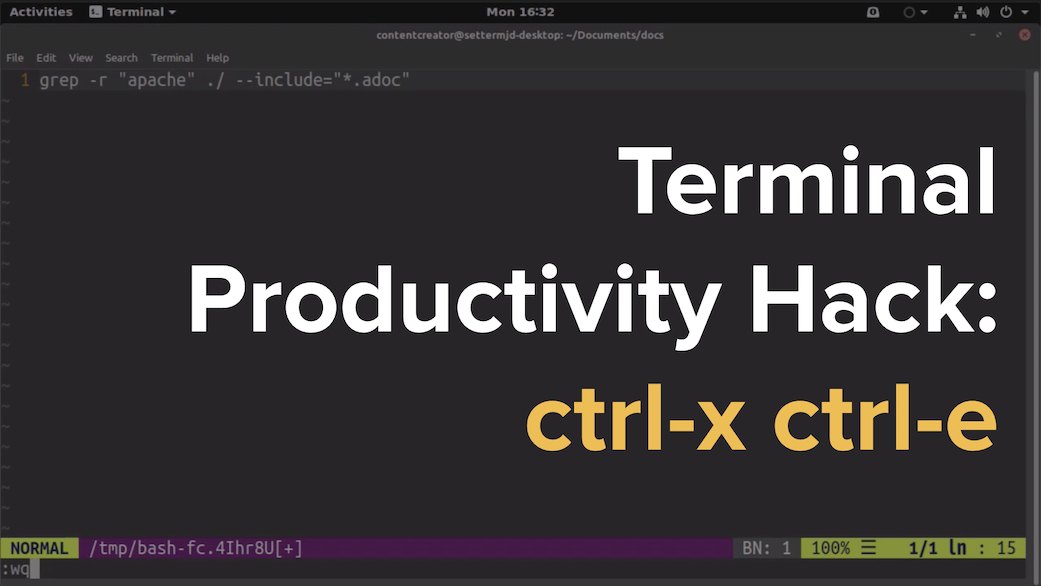
A Short Introduction to Postman
Debugging requests can be a time-consuming process. However, there’s a tool that makes doing so a lot simpler. It’s called Postman. In this tutorial, I step you through its core features and show you how to use them.

Debugging requests can be a time-consuming process. However, there’s a tool that makes doing so a lot simpler. It’s called Postman. In this tutorial, I step you through its core features and show you how to use them.

PhpStorm offers so much functionality. From syntax highlighting to Docker integration, it’s an extremely comprehensive tool. However, have you ever thought of using it to run your unit tests? In this article, I step you through running tests, from an entire suite to an individual test.

Git interactive rebase is a powerful tool that can help you fix up your commit history to make it more meaningful, professional, and maintainable. In this post, I step through what it is, how it works, and when you should — and shouldn’t — use it.

There are lots of tips, tricks, and ideas around for hacking your command-line productivity to make you more efficient. However, in this post, I’m not going to show you something that’s super in-depth, ultra-detailed, or talk about an app that you have to install, ctrl+x+e.

Still using var_dump to debug your PHP code? Stop! While var_dump can be convenient, it’s a very blunt approach. In this article, I’ll show you how to set up proper debugging with PhpStorm, Xdebug, and PHPUnit, and give you a modern, sophisticated debugging experience.

Is your website (or web-based application) not performing like you expect it should? Not sure why or what to do about it? Then come learn about some key things you can do to have your website perform properly.

Writing code is a very creative endeavour. However, if you’re not careful, you may well end up wasting a lot of time writing code that you don’t have to.

Do you want to check if a file is available on a remote server before attempting to download it - in a short and effective way? If so, and you’re not sure how you’ll learn how in this post.

Writing technical documentation has a lot of similarities to writing software; an important one being content reuse, instead of content duplication. In this post, you’ll learn why and how to use attributes in AsciiDoc and Antora to reuse content as and when needed.

Whenever you create online documentation, eventually, the structure needs to change; such as a name change, content restructure, or old content is removed. When these times come, it’s important to create redirects to avoid breaking user expectations. In this post, I’m going to step you through how to do so with Antora.